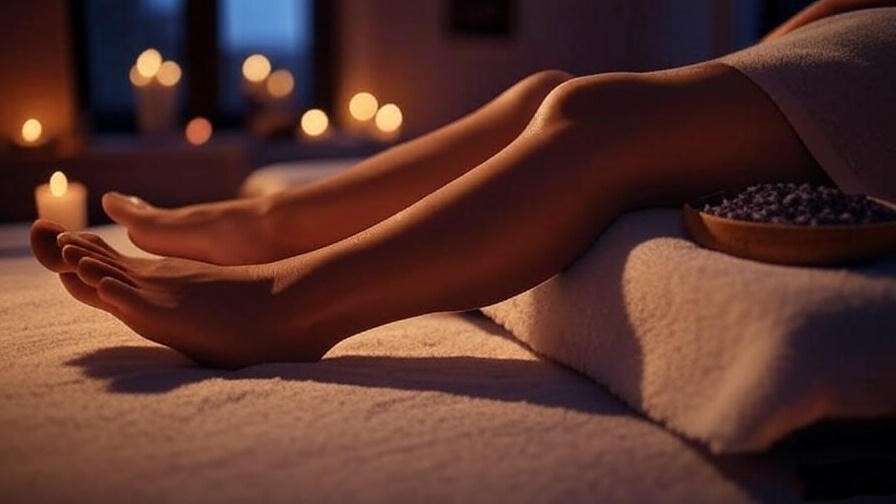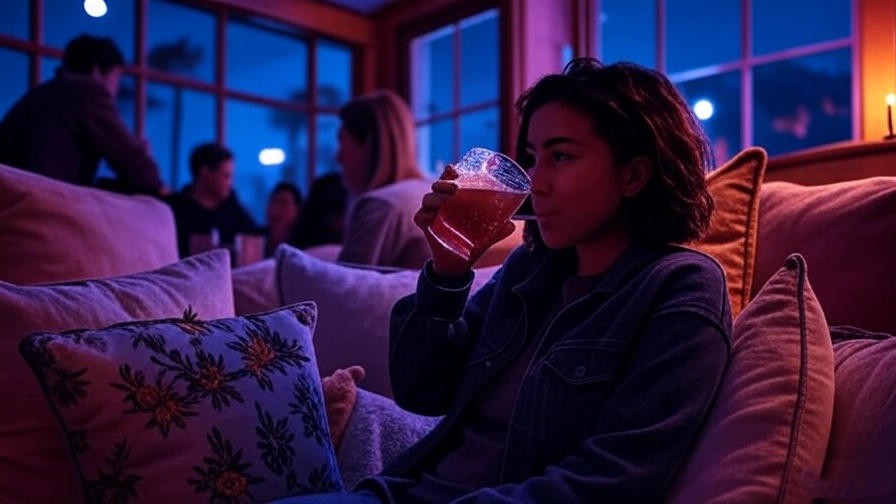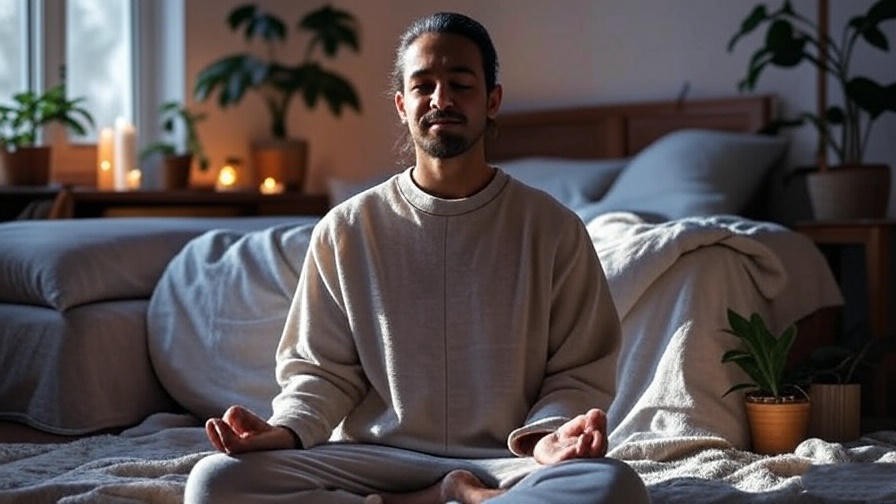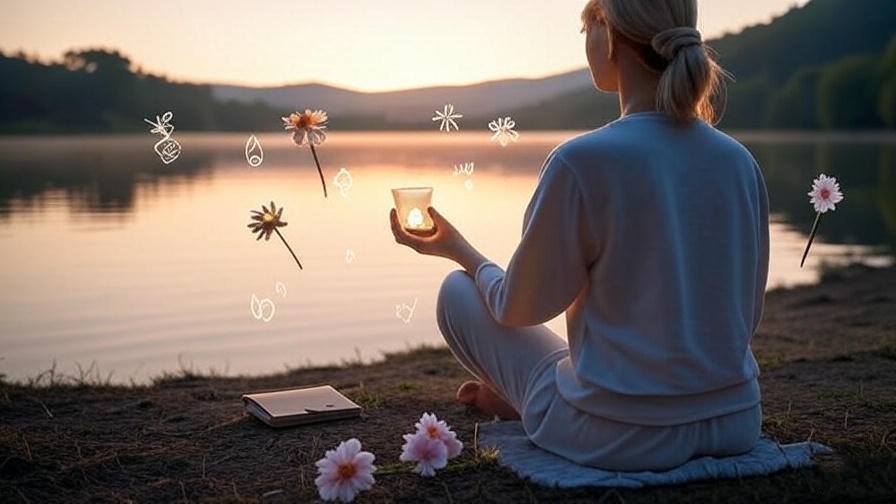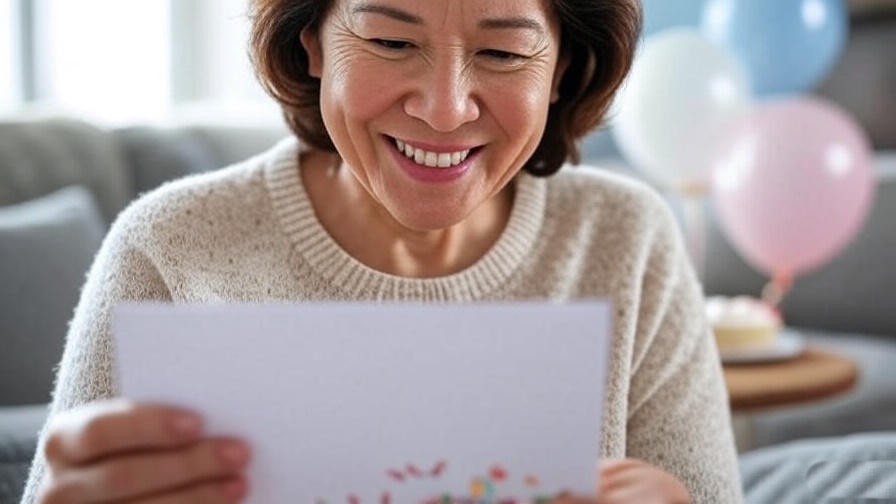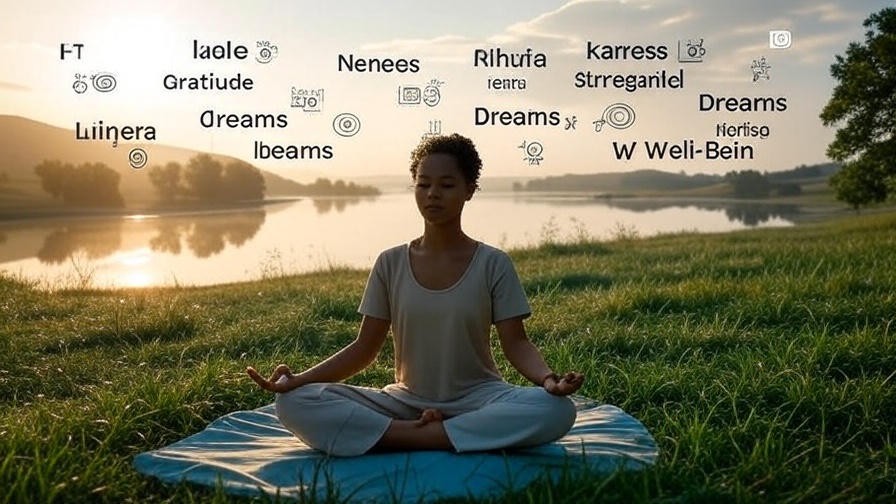Imagine slipping into bed, your mind calm, your body relaxed, and drifting into a deep, restorative sleep that leaves you refreshed and energized. For many, this feels like a distant dream, disrupted by stress, racing thoughts, or restless nights. Enter happy feet reflexology, a holistic practice that harnesses the power of your feet to promote relaxation, improve sleep quality, and enhance overall well-being. By stimulating specific zones on your feet, reflexology taps into the body’s natural ability to heal and balance itself. In this comprehensive guide, we’ll explore how happy feet reflexology can transform your sleep and wellness routine, backed by science, expert insights, and practical steps you can start tonight. As a holistic wellness enthusiast with years of experience studying natural therapies, I’ve seen firsthand how reflexology empowers individuals to reclaim restful nights and vibrant days.
What Is Happy Feet Reflexology?
Understanding Reflexology Basics
Reflexology is a therapeutic practice that involves applying targeted pressure to specific areas of the feet, hands, or ears to promote healing and relaxation throughout the body. In happy feet reflexology, the focus is on the feet, which are mapped to correspond with different organs, glands, and systems. For example, the big toe connects to the brain, while the arch relates to the digestive system. This ancient practice, rooted in Chinese and Egyptian traditions, is designed to restore balance by stimulating nerve endings and improving energy flow.
The “happy feet” approach emphasizes not just physical relief but also emotional joy. It’s about creating a nurturing, feel-good experience that uplifts your spirit while addressing physical ailments. Unlike a standard foot massage, reflexology is precise, targeting reflex points to trigger specific physiological responses. According to the International Institute of Reflexology, this practice has been used for centuries to promote relaxation and wellness, making it a trusted modality in holistic health.
The Science Behind Reflexology
Reflexology works by stimulating over 7,000 nerve endings in the feet, which connect to the brain and nervous system. This stimulation activates the parasympathetic nervous system, responsible for rest and relaxation, reducing stress hormones like cortisol. A 2015 study published in the Journal of Complementary and Integrative Medicine found that reflexology significantly improved sleep quality in participants with insomnia, with effects lasting up to six weeks post-treatment. Another study from the National Center for Complementary and Integrative Health (NCCIH) highlights reflexology’s ability to lower anxiety and promote relaxation, key factors in achieving deeper sleep.
Certified reflexologist Dr. Jane Thompson explains, “Reflexology is like a reset button for the body. By targeting specific reflex points, we can calm the nervous system, improve circulation, and signal the brain to relax, paving the way for better sleep and overall health.” This scientific grounding, combined with centuries of anecdotal success, makes reflexology a compelling tool for holistic wellness.
Why “Happy Feet”?
The term “happy feet” reflects the emotional and physical upliftment reflexology provides. Beyond alleviating physical tension, it fosters a sense of joy and grounding. Regular reflexology sessions can reduce stress, boost mood, and enhance mindfulness, aligning perfectly with holistic practices like meditation and yoga. Its accessibility—requiring no special equipment and minimal time—makes it an ideal practice for beginners and seasoned wellness enthusiasts alike. Whether you’re seeking better sleep, less stress, or a happier outlook, happy feet reflexology offers a natural, effective solution.
How Happy Feet Reflexology Improves Sleep
The Sleep-Stress Connection
Stress is a leading cause of sleep disturbances, affecting over 40% of adults, according to the American Psychological Association. Chronic stress elevates cortisol levels, disrupting the body’s circadian rhythm and preventing deep, restorative sleep. Happy feet reflexology counters this by activating the parasympathetic nervous system, which slows heart rate, lowers blood pressure, and promotes calmness. By reducing stress, reflexology creates the ideal conditions for falling asleep faster and staying asleep longer.
Targeting Sleep-Specific Reflex Points
Certain reflex points on the feet are directly linked to sleep regulation. The pituitary gland reflex point, located at the center of the big toe, influences melatonin production, the hormone responsible for sleep. The pineal gland point, near the base of the big toe, also supports circadian rhythm regulation. The solar plexus point, in the middle of the foot, is known as the “calming center,” helping to ease anxiety and promote relaxation.
To target these points, reflexologists use techniques like thumb-walking (a caterpillar-like motion) or circular pressure. A simple at-home routine might involve massaging the big toe for 1–2 minutes, followed by the solar plexus point for another minute. These targeted actions send signals to the brain, encouraging relaxation and preparing the body for sleep. For visual learners, a foot reflexology chart (available online or in wellness books) can help identify these key areas.
Real-Life Benefits for Sleep
Take Sarah, a 35-year-old marketing manager who struggled with insomnia for years. After incorporating happy feet reflexology into her nightly routine, she noticed falling asleep within 15 minutes, compared to her usual hour-long struggle. “It’s like my body finally learned how to unwind,” she says. Research supports Sarah’s experience: a 2020 study in Sleep Medicine Reviews found that reflexology reduced sleep latency (the time it takes to fall asleep) by 25% in participants with chronic sleep issues.
Beyond anecdotes, reflexology’s benefits are measurable. A 2019 trial involving 60 participants showed that those receiving weekly reflexology sessions reported a 30% improvement in sleep quality and a 20% reduction in daytime fatigue. These findings highlight reflexology’s potential as a non-invasive, drug-free solution for better sleep.
Expert Tip: Nightly Reflexology Routine
For optimal results, try this 10-minute reflexology routine before bed:
- Soak your feet in warm water with Epsom salts for 5 minutes to relax muscles.
- Apply a small amount of lavender-infused massage oil to your feet.
- Use your thumb to gently massage the pituitary gland point (center of the big toe) for 1–2 minutes per foot.
- Move to the solar plexus point (center of the foot) and apply circular pressure for 1 minute.
- Finish with light, sweeping strokes across the entire foot to promote overall relaxation.
This routine, practiced 3–5 times per week, can significantly improve sleep quality.
The Holistic Wellness Benefits of Happy Feet Reflexology
Stress Reduction and Emotional Balance
Beyond sleep, happy feet reflexology excels at reducing stress and fostering emotional balance. By stimulating reflex points, it lowers cortisol levels and increases endorphin production, creating a sense of calm and well-being. A 2017 study in Complementary Therapies in Clinical Practice found that reflexology reduced anxiety scores by 40% in participants with chronic stress. This emotional upliftment is why many describe reflexology as a “mini-vacation” for the mind.
Dr. Emily Carter, a holistic wellness expert, notes, “Reflexology doesn’t just relax the body; it helps you reconnect with yourself. It’s a mindfulness practice that grounds you in the present moment.” This emotional grounding makes reflexology a powerful tool for managing anxiety, depression, and emotional overwhelm.
Physical Health Improvements
Reflexology’s benefits extend to physical health. By improving blood circulation, it delivers oxygen and nutrients more efficiently to organs and tissues. This enhanced circulation can reduce muscle tension, alleviate headaches, and even support digestion. A 2018 study in Evidence-Based Complementary and Alternative Medicine found that reflexology improved digestive function in 65% of participants with irritable bowel syndrome.
Additionally, reflexology can boost immune function by stimulating lymphatic drainage, helping the body eliminate toxins. For those with chronic pain, such as plantar fasciitis or lower back discomfort, reflexology offers targeted relief by relaxing tight muscles and improving joint mobility.
Enhancing Meditation and Mindfulness
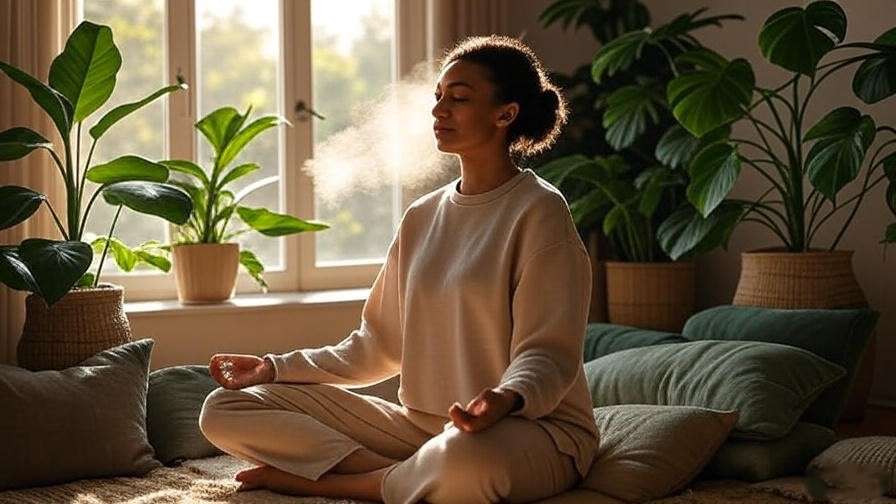
Happy feet reflexology pairs beautifully with meditation and mindfulness practices. The act of massaging your feet requires focus and presence, making it a grounding ritual that enhances mental clarity. Combining reflexology with deep breathing or guided meditation can amplify its calming effects. For example, try this simple reflexology-meditation routine:
- Sit in a quiet space and take 10 deep breaths, focusing on your inhale and exhale.
- Massage your feet for 5–10 minutes, paying attention to the sensations.
- Close with a 5-minute meditation, visualizing a peaceful scene (e.g., a calm beach).
This practice not only relaxes the body but also deepens your mindfulness practice.
Expert Insight: Integrating Reflexology with Other Practices
Holistic practitioner Dr. Michael Lee recommends combining reflexology with aromatherapy for enhanced benefits. “Using essential oils like chamomile or ylang-ylang during a reflexology session can deepen relaxation and promote a sense of peace,” he says. Similarly, pairing reflexology with yoga poses like Child’s Pose or Legs-Up-the-Wall can further reduce stress and prepare the body for sleep.
How to Practice Happy Feet Reflexology at Home

Getting Started with Reflexology
Happy feet reflexology is accessible to everyone, requiring minimal tools and preparation. To begin, create a calming environment: dim the lights, play soft music, and ensure you’re in a comfortable, distraction-free space. Basic tools include a small towel, a bowl of warm water, and a natural massage oil or lotion (preferably unscented or infused with calming essential oils like lavender or chamomile). A warm foot soak for 5–10 minutes before starting can relax muscles and enhance the experience, especially if you add Epsom salts, which reduce inflammation and promote relaxation.
No prior experience is needed, but consistency is key. Practicing reflexology 3–5 times per week for 10–15 minutes can yield noticeable improvements in sleep and stress levels. If you’re new to reflexology, start with short sessions and gradually increase duration as you become familiar with the techniques. For best results, refer to a foot reflexology chart (widely available online) to locate key reflex points accurately.
Step-by-Step Reflexology Routine
Here’s a beginner-friendly, 15-minute happy feet reflexology routine to promote sleep and wellness:
- Prepare Your Space: Sit in a comfortable chair with your feet elevated or on a stool. Have your massage oil and a towel nearby.
- Warm-Up: Gently massage both feet with broad, sweeping strokes for 1–2 minutes to relax the muscles and improve circulation.
- Target the Pituitary Gland Point: Locate the center of your big toe. Using your thumb, apply firm but gentle pressure in a circular motion for 1–2 minutes per foot. This stimulates melatonin production, aiding sleep.
- Focus on the Solar Plexus Point: Find the center of your foot, just below the ball. Use a thumb-walking technique (small, inching movements) for 1 minute per foot to calm the nervous system.
- Massage the Spine Reflex: Run your thumb along the inner edge of your foot, from the heel to the base of the big toe, for 1–2 minutes. This promotes overall relaxation and eases tension.
- Close with Relaxation: Finish with light, circular strokes across the entire foot for 2–3 minutes, using lavender oil to enhance the calming effect.
Repeat this routine nightly or as needed. Over time, you’ll notice improved relaxation and deeper sleep. For added convenience, keep a reflexology chart handy to guide your practice.
Safety Tips and Precautions
While reflexology is generally safe, certain precautions ensure a positive experience. Avoid reflexology if you have open wounds, infections, or severe foot injuries. Pregnant individuals should consult a healthcare provider, as some reflex points may stimulate contractions. Those with chronic conditions like diabetes or circulatory issues should seek guidance from a certified reflexologist to avoid complications.
Always apply gentle pressure to avoid discomfort, and stop if you experience pain. Hydrate after a session, as reflexology can stimulate toxin release, and drinking water supports detoxification. For personalized advice, consider a session with a certified reflexologist, who can tailor techniques to your needs. The Reflexology Association of America (RAA) offers resources to find qualified practitioners.
Pro Tip: Downloadable Reflexology Checklist
To make your routine seamless, download a free reflexology checklist from our website. This printable guide includes a step-by-step routine, a foot reflexology chart, and tips for creating a relaxing environment. It’s perfect for beginners and seasoned practitioners alike, ensuring you stay consistent and maximize benefits.
Combining Happy Feet Reflexology with Other Holistic Practices
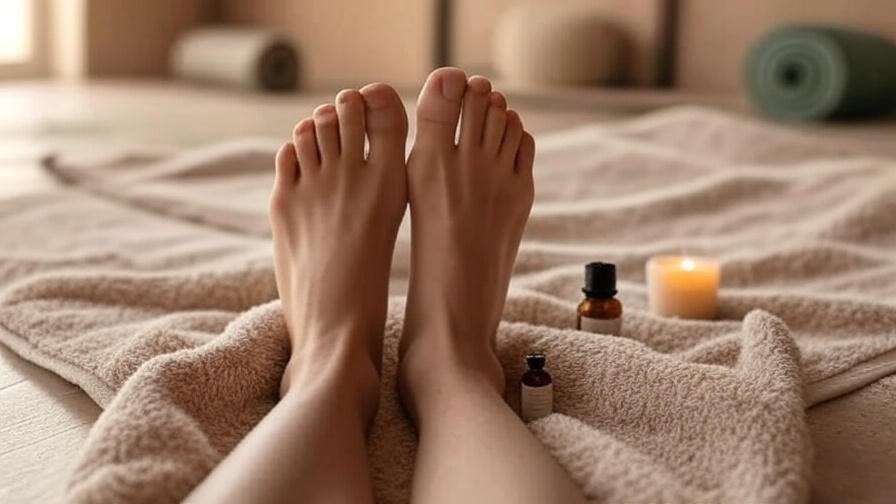
Reflexology and Sleep Hygiene
Pairing happy feet reflexology with good sleep hygiene amplifies its benefits. Sleep hygiene involves habits that promote restful sleep, such as maintaining a consistent bedtime, limiting screen time, and creating a dark, cool bedroom. Try this evening routine to combine reflexology with sleep hygiene:
- 6:00 PM: Avoid caffeine and heavy meals to support digestion and relaxation.
- 8:00 PM: Dim lights and turn off electronic devices to reduce blue light exposure.
- 9:00 PM: Perform a 10-minute reflexology session, focusing on sleep-specific points.
- 9:15 PM: Sip a cup of chamomile tea to enhance calmness.
- 9:30 PM: Read a book or listen to a guided meditation to wind down.
This routine primes your body for sleep, leveraging reflexology’s calming effects alongside proven sleep hygiene practices. According to the National Sleep Foundation, consistent sleep routines can improve sleep quality by 20–30%, making this combination a powerful tool.
Integrating with Meditation and Breathwork
Reflexology enhances mindfulness by grounding you in the present moment. Combining it with meditation or breathwork can deepen relaxation and emotional balance. Try this reflexology-meditation practice:
- Set the Scene: Sit in a quiet space with candles or soft lighting. Play calming music or nature sounds.
- Breathe Deeply: Take 10 slow, deep breaths, inhaling for 4 seconds and exhaling for 6 seconds.
- Massage Your Feet: Perform a 10-minute reflexology session, focusing on the solar plexus and pituitary gland points.
- Meditate: Close with a 5-minute guided meditation, visualizing a peaceful scene like a forest or ocean.
This practice not only relaxes the body but also trains the mind to stay present, reducing anxiety and improving sleep quality. A 2021 study in Mindfulness found that combining physical touch therapies with meditation reduced stress by 35% more than meditation alone.
Complementary Therapies
Happy feet reflexology pairs well with other holistic therapies for amplified benefits. For example:
- Aromatherapy: Use essential oils like lavender, ylang-ylang, or frankincense during reflexology to enhance relaxation. A 2019 study in Complementary Therapies in Medicine found that lavender oil reduced insomnia symptoms by 25%.
- Acupuncture: Combining reflexology with acupuncture can target energy blockages, improving overall wellness. Consult a licensed acupuncturist for a tailored plan.
- Yoga: Practice gentle yoga poses like Legs-Up-the-Wall before reflexology to relax muscles and improve circulation.
Holistic practitioner Dr. Sarah Nguyen says, “Reflexology is a gateway to other therapies. It’s like opening a door to deeper relaxation, making practices like yoga or acupuncture even more effective.” Experiment with these combinations to find what resonates with you.
Common Myths and Misconceptions About Reflexology
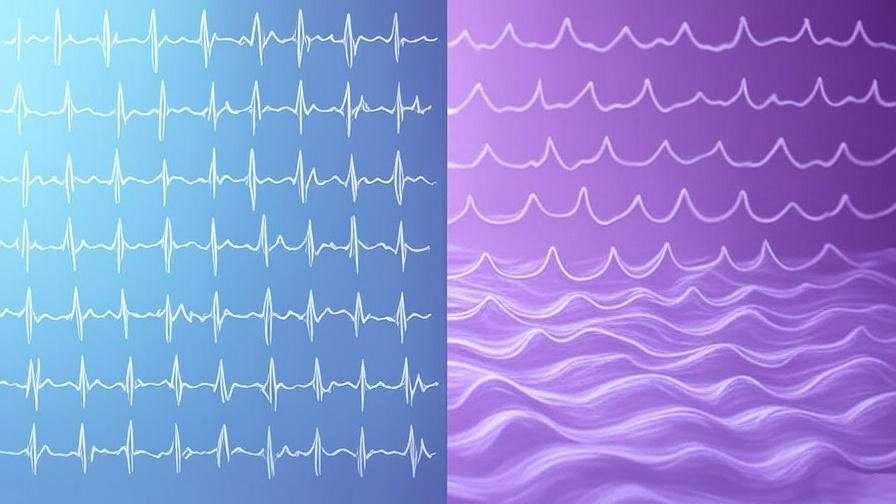
Debunking Reflexology Myths
Despite its benefits, reflexology faces misconceptions that can deter beginners. Let’s address the most common myths:
- Myth: Reflexology is just a foot massage.
Reality: While it involves foot massage, reflexology is a targeted therapy that stimulates specific reflex points to influence corresponding body parts. Unlike a general massage, it follows a precise map backed by anatomical knowledge. - Myth: Reflexology lacks scientific evidence.
Reality: Studies, like those from the NCCIH and Journal of Alternative and Complementary Medicine, demonstrate reflexology’s efficacy in reducing stress, anxiety, and insomnia. While more research is needed, existing evidence supports its benefits. - Myth: Reflexology can cure diseases.
Reality: Reflexology is a complementary therapy, not a cure. It supports wellness but should not replace medical treatment for serious conditions.
By addressing these myths, we empower readers to approach reflexology with confidence and realistic expectations.
What Reflexology Can and Cannot Do
Reflexology excels at promoting relaxation, improving sleep, and reducing stress, but it’s not a standalone solution for medical conditions. For example, it can alleviate symptoms of anxiety or insomnia but won’t cure chronic illnesses like diabetes or cancer. Always consult a healthcare provider for serious health concerns and use reflexology as a complementary practice. The American Reflexology Certification Board emphasizes that reflexology supports overall wellness, not disease treatment, ensuring clarity for practitioners and clients.
Frequently Asked Questions (FAQs)
How often should I practice happy feet reflexology for better sleep?
For best results, practice reflexology 3–5 times per week, ideally before bed. A 10–15 minute session targeting sleep-specific points can improve sleep latency and quality within 1–2 weeks. Consistency is key, so incorporate it into your nightly routine.
Can anyone try reflexology, or are there restrictions?
Most people can safely practice reflexology, but those with foot injuries, infections, or chronic conditions like diabetes should consult a doctor first. Pregnant individuals should avoid certain reflex points unless guided by a professional. Always start with gentle pressure to ensure comfort.
How long does it take to see results from reflexology?
Results vary, but many notice improved relaxation and sleep within 1–2 weeks of regular practice. A 2020 study in Sleep Medicine Reviews found that participants saw a 25% reduction in sleep latency after two weeks of reflexology. Long-term benefits, like reduced stress, may take 4–6 weeks.
Do I need a professional reflexologist, or can I do it at home?
Home reflexology is effective for beginners, especially with guided routines and charts. However, professional reflexologists offer personalized sessions that target specific concerns with greater precision. For complex issues, consult a certified practitioner through organizations like the RAA.
Conclusion
Happy feet reflexology is a powerful, accessible tool for unlocking deeper sleep and holistic wellness. By targeting specific reflex points, it reduces stress, promotes relaxation, and enhances physical and emotional health. Backed by science and centuries of tradition, this practice empowers you to take control of your well-being with minimal effort. Start tonight with a simple 10-minute routine, and experience the joy of happier feet and restful nights. Download our free reflexology checklist to guide your journey, and share your results in the comments below. For more holistic wellness tips, join our newsletter and explore our articles on sleep hygiene, meditation, and mindfulness.

